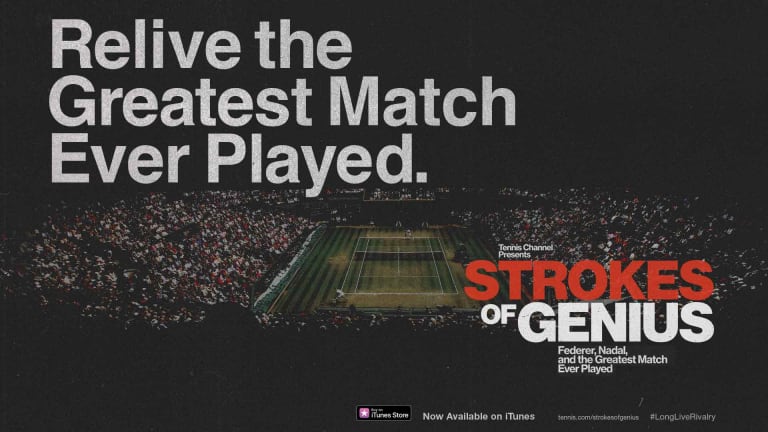After Saturday's Wimbledon final, Steve Tignor and Joel Drucker discuss Angelique Kerber's win, Serena Williams' run, and the moment when their title match didn't turn around.
Steve,
To start our discussion of the Wimbledon ladies’ singles final, the first thing I want to do is praise Serena Williams. This was only her fourth tournament back, in the wake of an extremely complicated pregnancy and all the emotional and physical challenges of motherhood. To reach the finals here was incredibly impressive, testimony yet again to Serena’s will and skill. The journey of Serena and Venus has long been the most amazing story in sports—and likely, based on how well Serena did at Wimbledon, a story that will continue for many more years. Coming this far but not winning will be very motivational for Serena. It will be fun to watch her compete this summer in North America. Having just sat in her post-match press conference, I was also impressed with Serena’s manner. Naturally, she was subdued; but there was also a certain methodical focus to her answers as well.
As Serena said, “I'm already deciphering what I need to improve on, what I need to do, what I did wrong, why I did it wrong, how I can do better, that whole madness that goes on in my mind. Then I'm saying, Okay, I do improve with losses. We'll see how it goes.”
Regarding Kerber, my big picture assertion—one I’ve stated repeatedly for years and especially so this fortnight—is that it’s time the world divorced itself from the idea that she is a defensive player. Simply not true.
Better yet to think of it this way: Kerber is a creator, masquerading as a counterpuncher. To be sure, her foot speed helps her track down all sorts of balls many others can’t get. Certainly she knows how to keep a point alive. But there’s a lot more nuance to her than that. When you add the fact that she’s lefty into the equation, the mix is something quite different than that of a retriever. Watch how good Kerber is at redirecting both the ball and the energy flow of a point—with height, with depth, with angle, with power, with spin. Watch how she’s able to shape points with her forehand in a number of creative ways.
Steve, what kind of tactics do you think Kerber employed today that helped her earn the title?
WATCH—Championship point from Kerber's win over Serena at Wimbledon:

